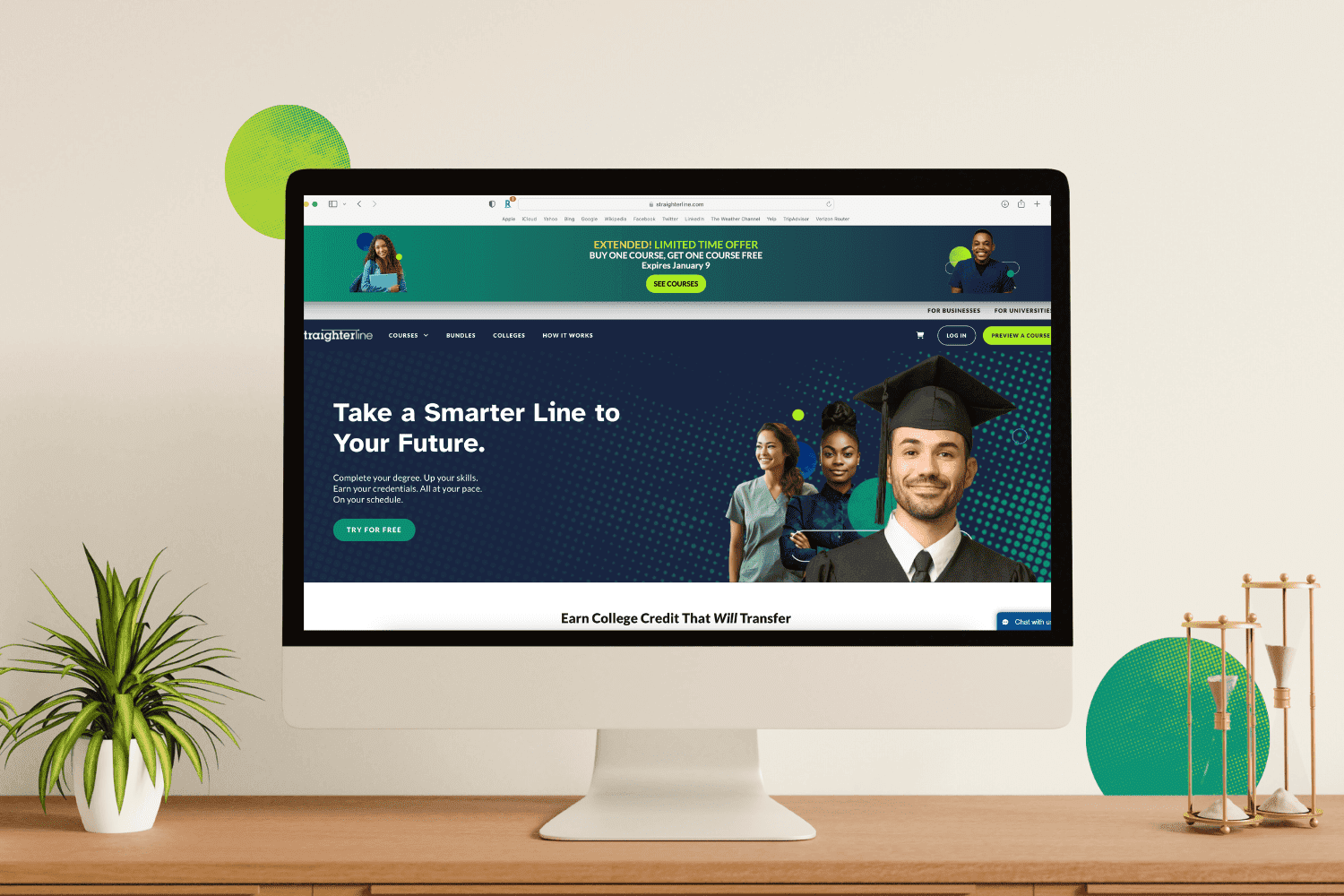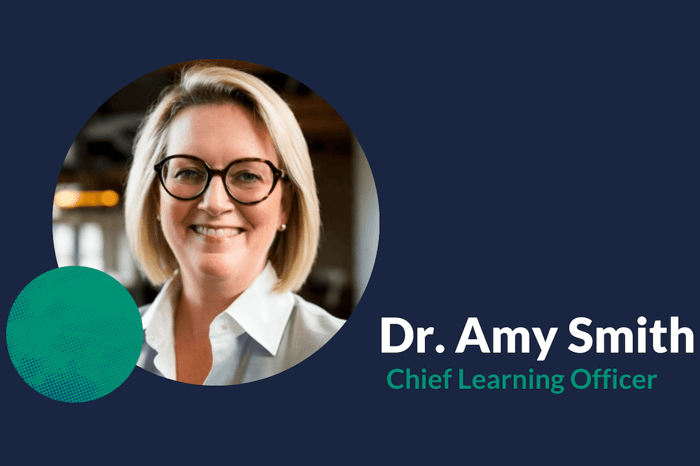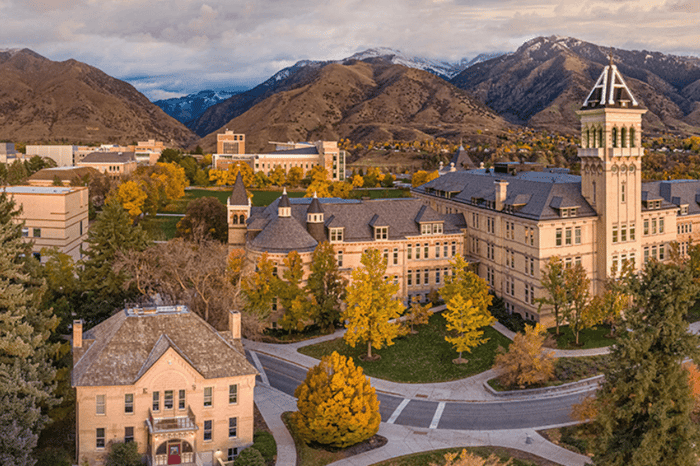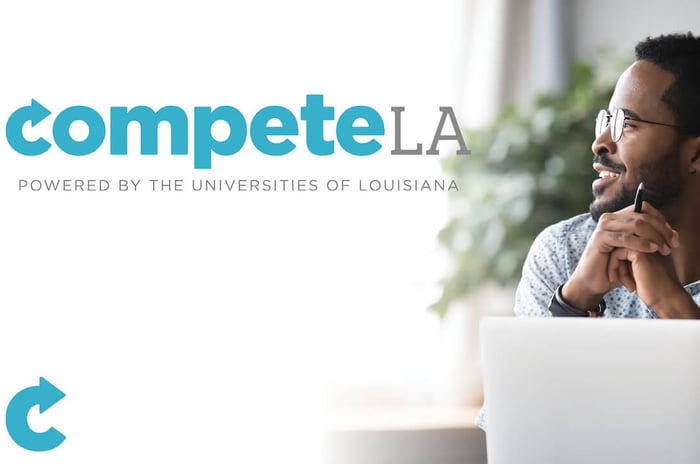If you ask Dr. Amy Smith, StraighterLine’s new Chief Learning Officer, what gets her out of bed in the morning, the answer is simple: access to higher education for all adult learners.
“I genuinely believe that you should have the opportunity to decide your future,” says Smith, who recently came to StraighterLine from a 25-year-career in academia. “Nobody should say you can't go to college because you took a class when you were 18 at the local community college and got an F.”
Smith began her career teaching in urban high schools, where she was confronted with a single burning question: “what’s the best way to help people learn?”
Making the Jump from Dean to StraighterLine CLO
Smith first learned about StraighterLine five years ago, when she served as an academic dean of arts and sciences for the University of Phoenix.
“I had a team of first-year students, and they were knocking progress on their degree out of the park,” she said. “They were more prepared, more motivated than any cohort of students I had ever seen.”
The demographics of these students didn’t seem to matter; they were taking classes faster and getting excellent grades. Smith couldn’t understand what distinguished this one special cohort of 3,000 students from the other 60,000 students in the College of Arts and Sciences at University of Phoenix that year. When she dove a little deeper, she found the answer: these students had completed courses at StraighterLine before starting their degree program at Phoenix.
“University of Phoenix had implemented StraighterLine’s refer-and-return pathway program,” she said. “It gave these students access to college-level courses and gave them confidence that they could successfully take college classes. When the students returned to the University of Phoenix to complete their degree, they continued their academic success, and before long, were making progress in their second year.”
A couple of years later, when Smith was Dean of the School of Education at Capella University, some of her colleagues made the same discovery: a group of first- and second-year students were noticeably stronger academically and performing at a higher level than their peers, and they couldn’t pinpoint why.
“I said, ‘I have a hunch. We have a partnership with StraighterLine, right?’” she said. “And sure enough, my hunch was right, this hyper-successful group of students had started on their degree by taking courses at StraighterLine.”
Having seen StraighterLine have such a positive impact on student success not once, but twice, Smith was thrilled to take the call when StraighterLine asked her to be Chief Learning Officer.
Why is Online Education Important for Adult Learners?
Smith’s interest in access and innovation led her toward colleges that serve students online. She’s seen first-hand how online classes allow students with limited resources to fit learning into hectic lives that might not allow them to take classes in person at a community college.
“Online education fits into the space and time so working adults can achieve the life they decide for themselves." Amy Smith, Chief Learning Officer, StraighterLineSmith’s career spans many of the biggest institutions in the world of online higher education. She’s held senior leadership positions at University of Phoenix, at Capella University, and most recently, she served as associate provost at Colorado State University Online, which is ranked #11 in undergraduate education by U.S. News and World Report.
She found herself drawn to the science of how people learn, and after earning her Ph.D. from the University of Denver, she spent her career working in non-traditional colleges that served online learners, building programs that fit students, rather than trying to fit the existing learners to the educational systems that are already in place.
What Should Traditional Educators Know About Online Courses?
During her time working with institutions like Capella and Colorado State, Smith has learned things about online learning that would probably surprise some of her more traditional colleagues. For one thing, online courses are often more rigorous than in-person classes.
“Twenty years ago, we used to think, ‘It's online, it’s got to be College Algebra Lite,’ but it's not,” says Smith. “When you put a course online, you have to think about all of the learning modalities that go into that course: video, audio, a podcast, small group work, collaborations, and a way for students to communicate across time zones. It has to be multi-modal, and that makes it super rich.”
Students can choose the way they’ll engage with the course content, and they can engage with the content over and over, said Smith, because it’s always online for them.
“With StraighterLine, students don't go to a class then walk away and just hope their notes are solid,” she said. “The content is always there, and in different formats.”
Supporting Students Remotely
“A partnership with StraighterLine can be invaluable to colleges and universities who serve a large population of adult or working students or looking for a solution to bridge back stopped-out students,” says Smith. “Self-paced online courses provide the flexibility these students need to work around busy lifestyles.”
“There are other benefits as well, some of which are particularly resonant now that colleges have had to move their classes online because of COVID and support students remotely. A school that needs to scale its online presence quickly can work with StraighterLine to expand its course offerings with no upfront or on-going costs, and without putting additional pressure or demands on its current resources or staff.”
Asked what wisdom she has for those institutions as they prepare remote learning for the summer and beyond, Smith has a key piece of advice: “Continue to focus on what is most important – students’ experience and learning.”
“Practice patience – with each other, with your teams, and with students,” said Smith. “Everything we do in teaching and learning will require more thought, more time, and extra effort. And be patient with yourself as a leader.”











![[Case Study] National Online University Increases Enrollment, Student Readiness & Tuition Revenue](https://dropinblog.net/cdn-cgi/image/fit=scale-down,width=700/34252894/files/featured/Is_It_Too_Late_to_Go_to_College_in_September.png)